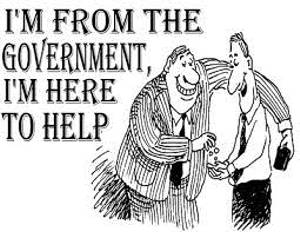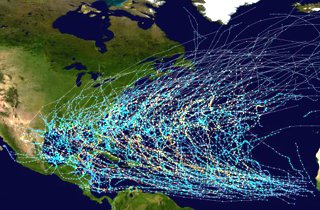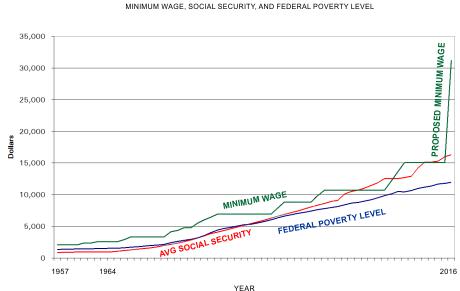My friend Nina Smith has a small business in Vermont: she’s a media producer and trade show designer in North Puffin where she works about as much as she wants and has time off to garden or swim in the brief summer and to ski on good winter days. Most of her clients are out of state so her business occasionally sells them goods at retail but not very often and only on special order. Still, she has a Vermont Sales Tax ID and has to file the Sales and Use Tax Return annually.
She called the tax department.
One ringy-dingy, two ringy-dingies…
“I am now on hold with the Vermont Tax Department for the second time,” she told me. “It took two hours the first.”
“We are currently experiencing higher than normal call volume…”
VT Tax changed to a new website. “VTbizfile” morphed into “myVTax” but it’s not “myVTax.gov.” It’s “myVTax.vermont.gov.”
Sheesh.
Vermont Tax changed our business ID numbers. And passwords last only six months which is a real boon for annual filers.
Of course, no one at the tax department ever actually communicated any of this.
“I was even online for the current instructions earlier this month,” she said. Those are still at the same old link and don’t mention the changes.
Tax Examiner Vander (not his real name) got exasperated the first time Nina called; Vander rushed through trying to get her logged in. “Just file the return manually,” he finally said, guiding Nina to right area of the new website.
She had to call back. See Vander didn’t give Nina her new VT Business Account “SUT” number. The PDF return won’t print without the SUT number. “I can do the ‘manual’ filing online without that but the site insists I pick a filing month. I’m an annual filer. He didn’t tell me how to handle that, either.”
One ringy-dingy, two ringy-dingies…
“We are currently experiencing higher than normal call volume…”
Nina didn’t collect any sales tax this year — all of her sales went out of state — and she doesn’t need to make a payment. “They do require me to file, though. It should be easier to file a zero dollar return but I guess they needed to collect their due by costing me time instead.”
Tax Examiner Mary (not her real name) finally answered. Mary was patient. Mary was knowledgeable. Mary walked her through it step by step. Nina now has a gen-you-wine myVTax account and was able to tell the state she didn’t owe a penny.
At least we hope so. The site never told her her return was accepted.
Obviously myVTax has learned from my friends at !@#$%^Comcast. Sometimes you get a star but most of the time you hang on hold for a couple of hours before talking to someone who doesn’t help.



 There are four or five excellent global hurricane forecasting models. Those models solve the equations describing the behavior of the atmosphere over the entire globe. Remember that. These numeric (or “dynamical”) models — called ECMWF, GFDL, GFS, and UKMET — each take hours to run on supercomputers. I was surprised to learn that the U.S. National Weather Service uses the less useful NAM model for only North America and the surrounding waters. There are also statistical models as well as simple trajectory models and hybrid statistical/dynamical models. The
There are four or five excellent global hurricane forecasting models. Those models solve the equations describing the behavior of the atmosphere over the entire globe. Remember that. These numeric (or “dynamical”) models — called ECMWF, GFDL, GFS, and UKMET — each take hours to run on supercomputers. I was surprised to learn that the U.S. National Weather Service uses the less useful NAM model for only North America and the surrounding waters. There are also statistical models as well as simple trajectory models and hybrid statistical/dynamical models. The 